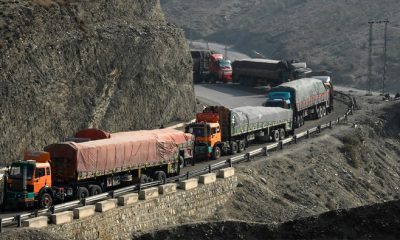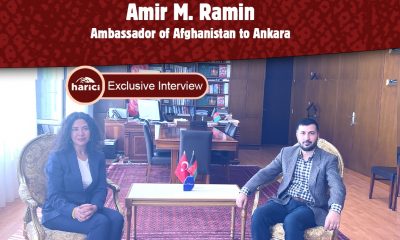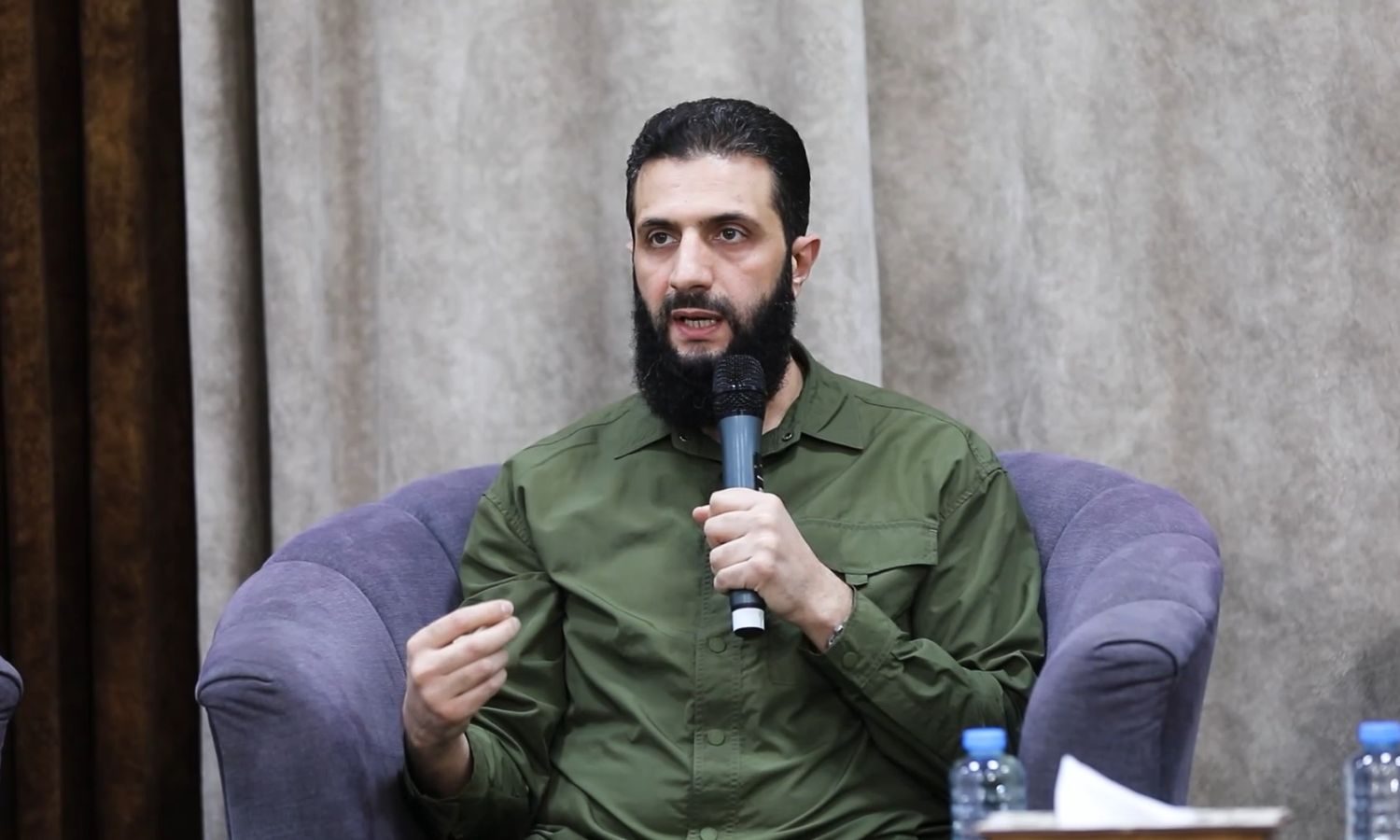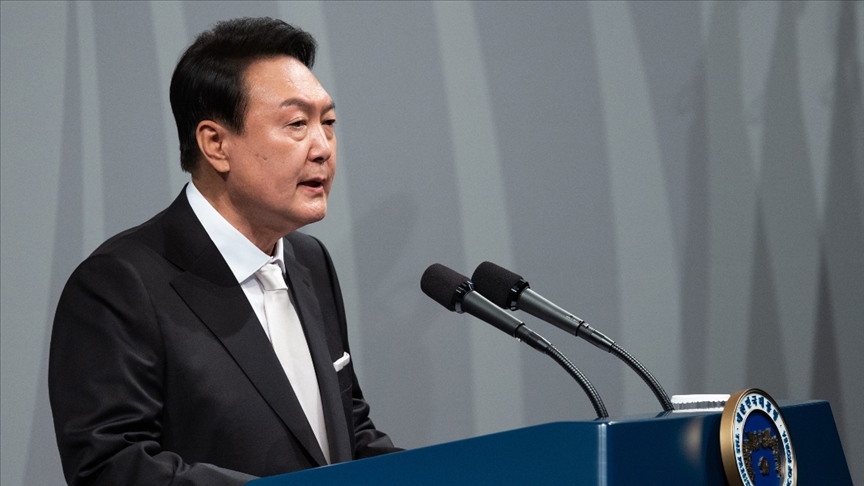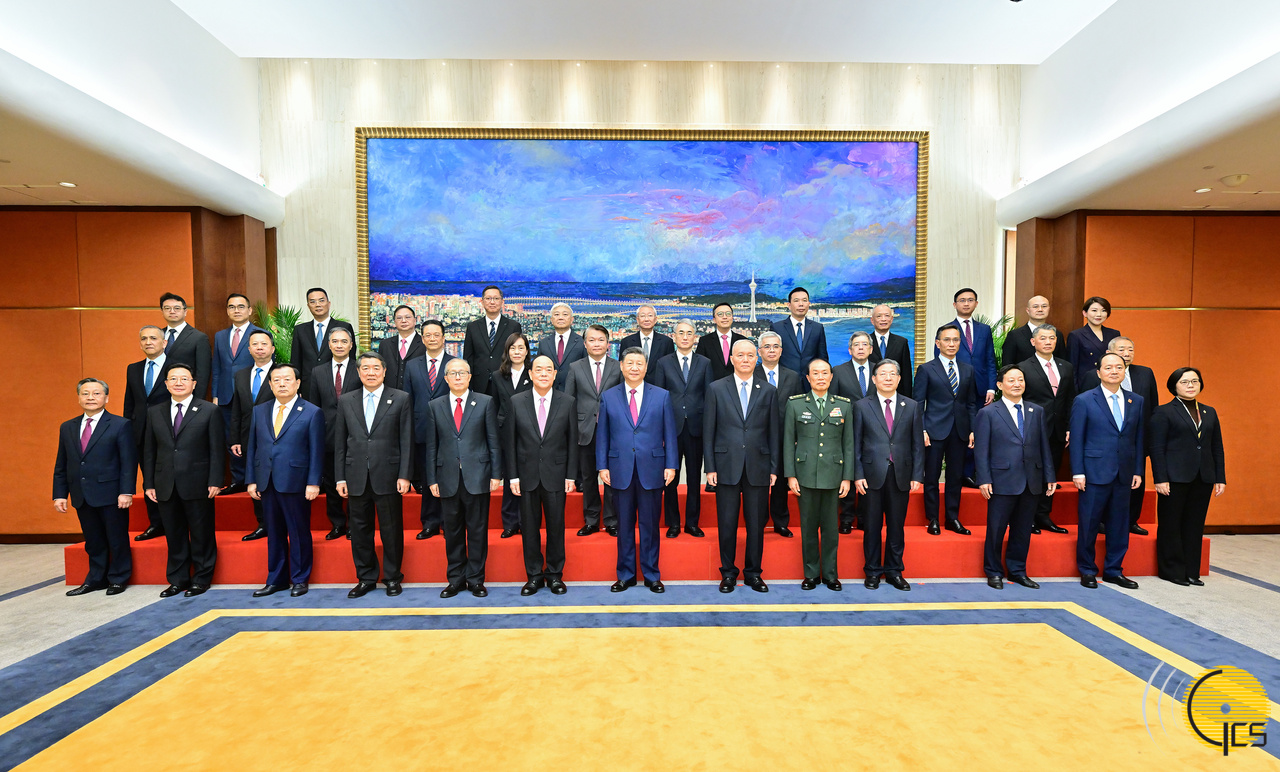The negotiations that led to the release of a US navy veteran from the Taliban captivity in return for a senior Taliban member, and a drug kingpin, have unfold the new era of cooperation between Afghanistan and US.
Taliban Foreign Minister Amir Khan Muttaqi said US citizen “Mark Frerichs was handed over to a US delegation at the Kabul Airport and Bashar Noorzai handed over to us.” The development came after long negotiations where US president Joe Biden called for the release of Noorzai, describing him as an Afghan warlord, a very difficult decision.
“Bringing the negotiations that led to Mark’s freedom to a successful resolution required difficult decisions, which I did not take lightly,” Biden said.
Noorzai was welcomed with a hero’s fanfare by the government of the Taliban in a well-decorated ceremony with top Taliban officials around. He was greeted by masked Taliban soldiers bearing floral garlands. In a press conference along with Muttaqi, Noorzai said that his release was not possible sans Taliban’s efforts.
Noorzai believes that his exchange for a US citizen will be a source of peace between Afghanistan and Americans. Muttaqi also said that the release of Noorzai will help improve ties with the US, saying “releasing Noorzai from Guantanamo prison opened a new chapter in relations between US and Afghanistan.”
Noorzai is the second Afghan inmate released by the US in recent months. In June, Assadullah Haroon was released after 15 years of detention in the US’s notorious Guantanamo Bay prison.
Haroon was accused of links to al-Qaeda but languished without charge for years at the US detention center in Cuba. He was arrested in 2006.
Noorzai was in the US custody for 17 years.
However, Noorzai was behind bars for over 17 years and the US had sentenced him to life imprisonment for smuggling more than $50 million worth of heroin into the US and Europe.
For Washington Frerichs’ release was a priority, and Biden in January warned the Taliban to release him if they expected any sort of consideration of legitimacy. The US and allies are yet to recognize the Taliban as a new government of Afghanistan.
“The US okayed the swap in June right after warning the Taliban,” a Taliban source close to the development told Harici.
Speaking on condition of anonymity due to sensitivity of the issue, the official said that “US pressed the Taliban for several months with frequent warning of more economic sanctions, but the Taliban refused to release Frerichs out of nothing.”
From the outset the Taliban said “”we give Frerichs to you and you give Noorzai to us.”
Taliban kidnapped Frerichs in February 2020, one year before regaining power. Frerichs, a navy veteran, was working as a civil engineer on construction projects in Afghanistan for a decade. Frerichs had flown to Doha on Monday, and he was in stable health.
A glance at who Noorzai is?
Noorzai, who is also famous for Hajji Bashir Noorzai is a convicted former Afghan drug lord and had been a key supporter of the Taliban, and close aide to the Taliban founder and late supreme leader Mullah Omer. But he also worked as an undercover agent on behalf of the US government and in January 2002, he handed over 15 truckloads of weapons to US forces in Afghanistan that were hidden by the Taliban.
But in the same year (2002) he was speaking on the phone with the Taliban calling the US as the enemy and also provided money and arms to the Taliban.
However, Noorzai’s case further attracted world’s attention after smuggling millions of dollars of heroin to the world and on 1 June 2004, he was sanctioned under the US’s Foreign Narcotics Kingpin Designation Act.
Noorzai in 2005 met with American officials in New York and the US assured him that he will not be arrested despite him being among the US’s most wanted drug traffickers. But he was arrested in 2009 and was sentenced to life in jail on charges of drug trafficking.
Noorzai also fought against the Soviet forces that occupied Afghanistan from 1979 to 1989.
A Taliban official confirmed to Harici that Noorzai had no official position among the Taliban, but he had provided financial support to the group at times of fighting against US forces.
Time will prove will Noorzai and Frerichs prison swap open a new road of cooperation between Afghanistan and the US, and will Washington unfreeze its economic sanction and importantly recognize Taliban as a government. But one thing which both the US and Taliban have in common is that the Taliban pledged to free all Afghan prisoners from US jails, while the US also vowed to return all US citizens detained illegally in different countries. Noorzai was the last Afghan detainee by the US.

 EUROPE1 week ago
EUROPE1 week ago
 OPINION2 weeks ago
OPINION2 weeks ago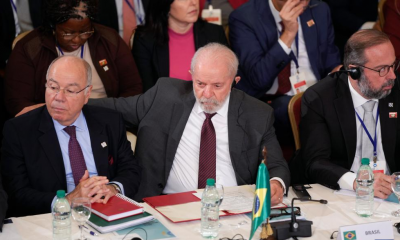
 OPINION1 week ago
OPINION1 week ago
 DIPLOMACY2 weeks ago
DIPLOMACY2 weeks ago
 OPINION2 weeks ago
OPINION2 weeks ago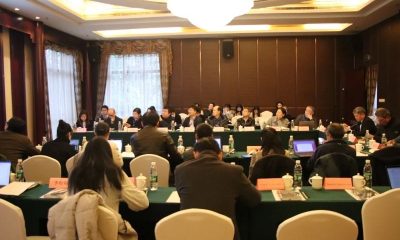
 ASIA1 week ago
ASIA1 week ago
 MIDDLE EAST1 week ago
MIDDLE EAST1 week ago
 MIDDLE EAST2 weeks ago
MIDDLE EAST2 weeks ago


